Investigating facial expression in qualitative interview
Hyi Sung Hwang, is a Research Scientist at Humintell, LLC. Her research interests are in emotion, nonverbal behaviors, and culture. She is an expert at the Facial Action Coding System and in the conduct of research examining facial expressions and other nonverbal behaviors. She is co-creator of many of the training tools.
Analysing Qualitative Data Using Facial Expressions in an Educational Scenario


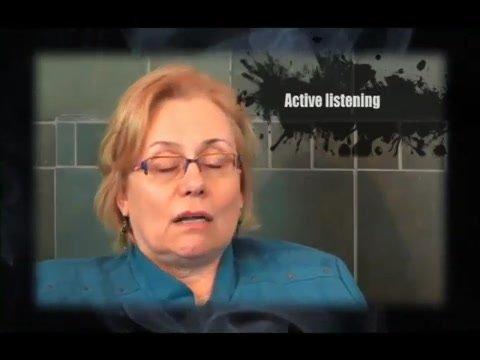

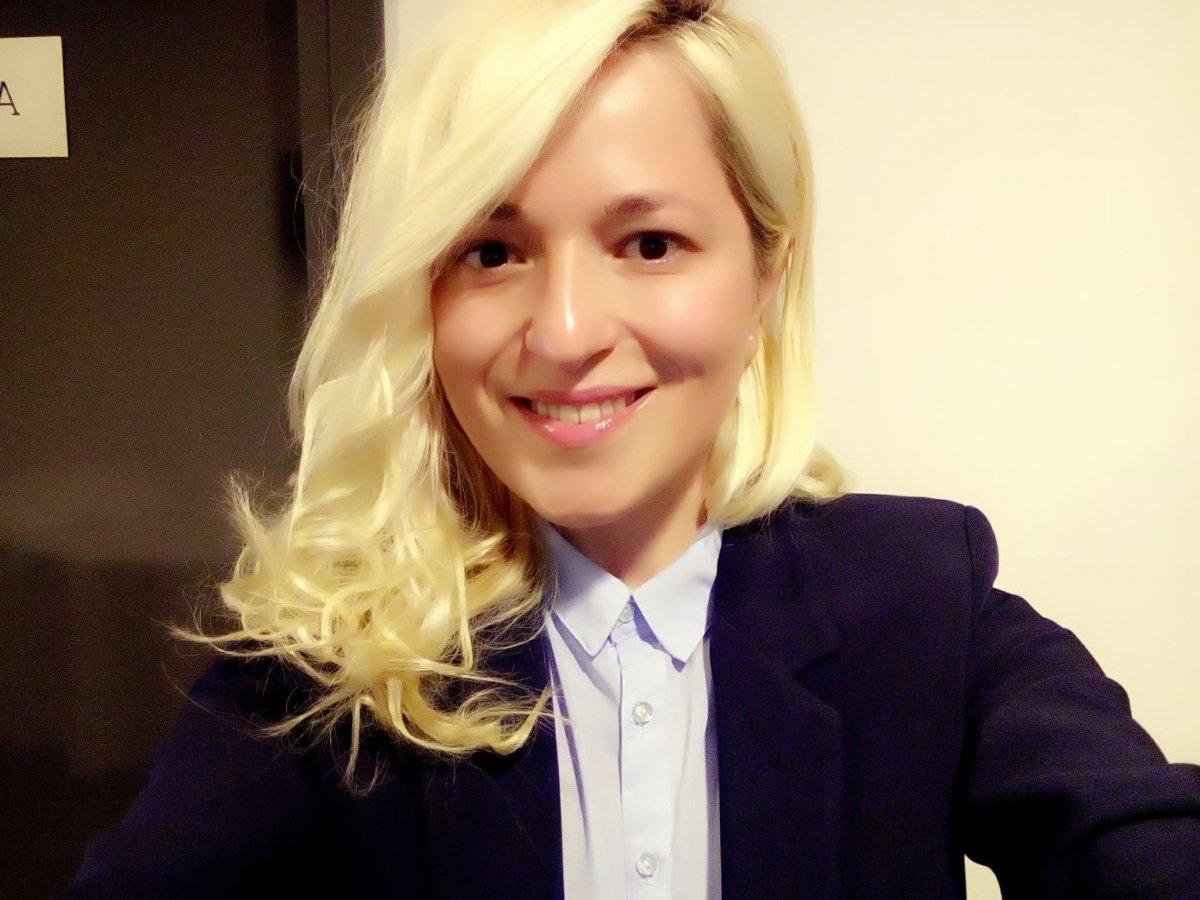
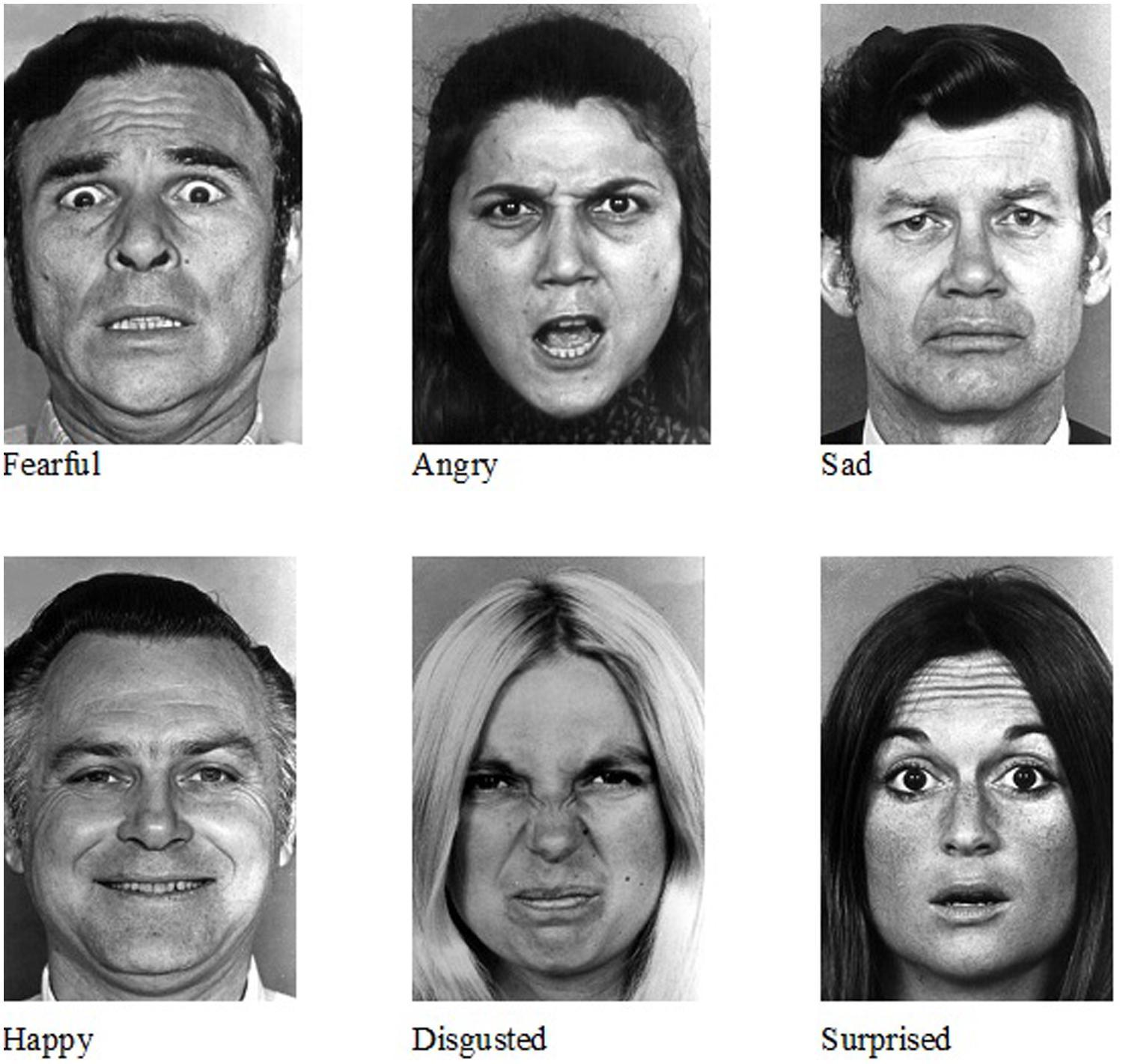
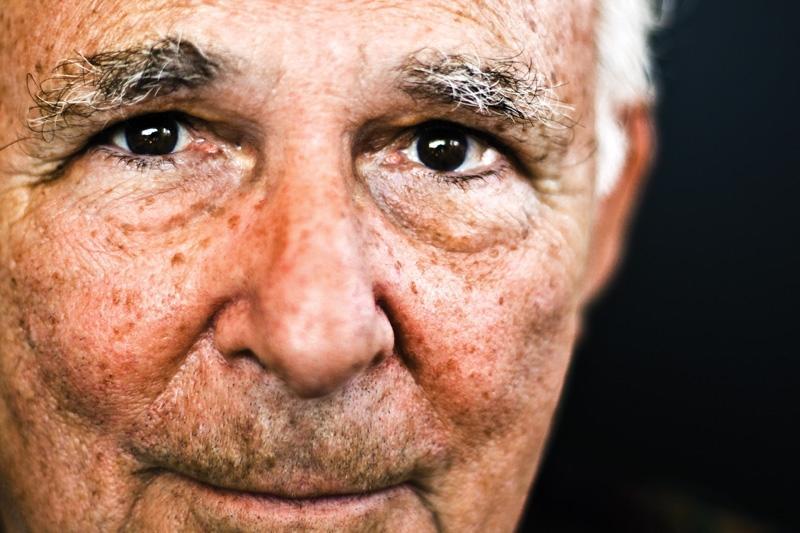



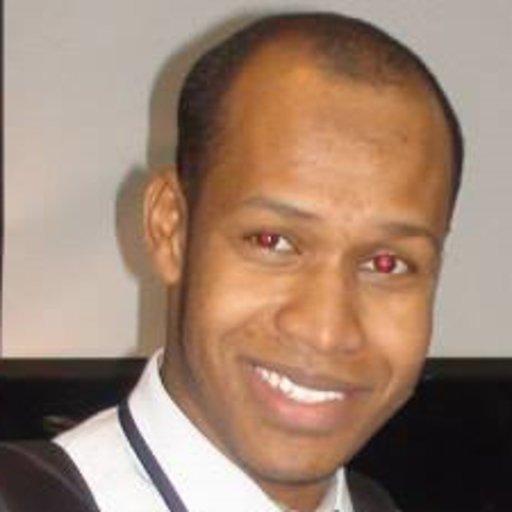



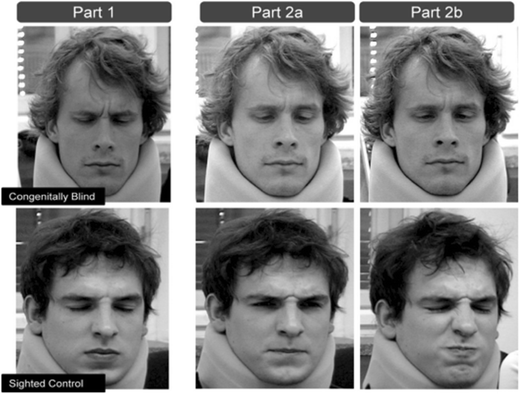


Reading facial expressions of emotion
2 Jun sis software to investigate emotion expression across the ED spectrum and recovery in a large sample of neous facial expressions in patients with BN and binge eating disorder during the same com- .. ED, future research may benefit from further investigating expression of facial affect in BN, in different.
2 Jun Another similar study investigating spontaneous facial expressions in patients with BN and binge eating disorder during the same computer game, found that However, further research is required to gain a clear understanding of emotion expression in different forms of ED and different stages of recovery.
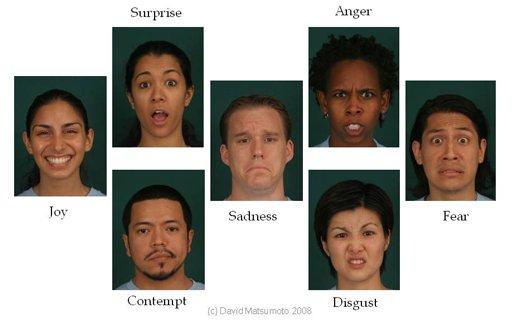
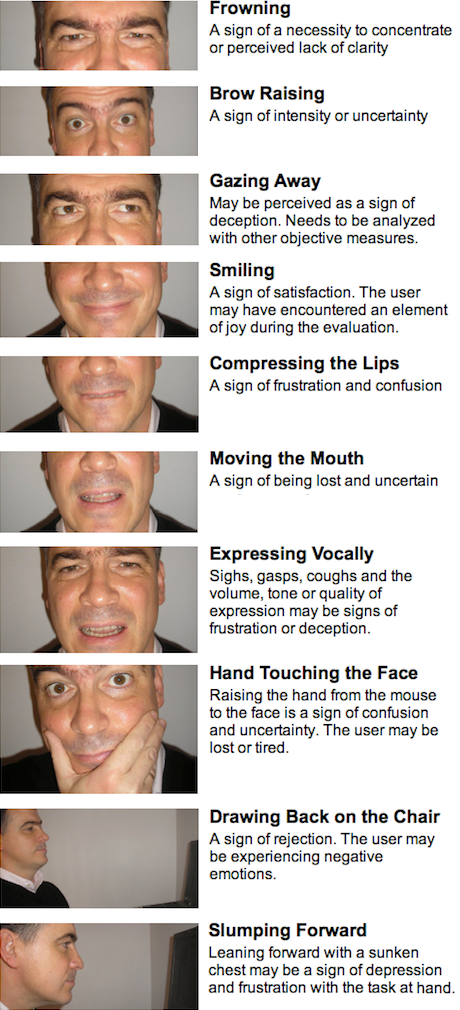
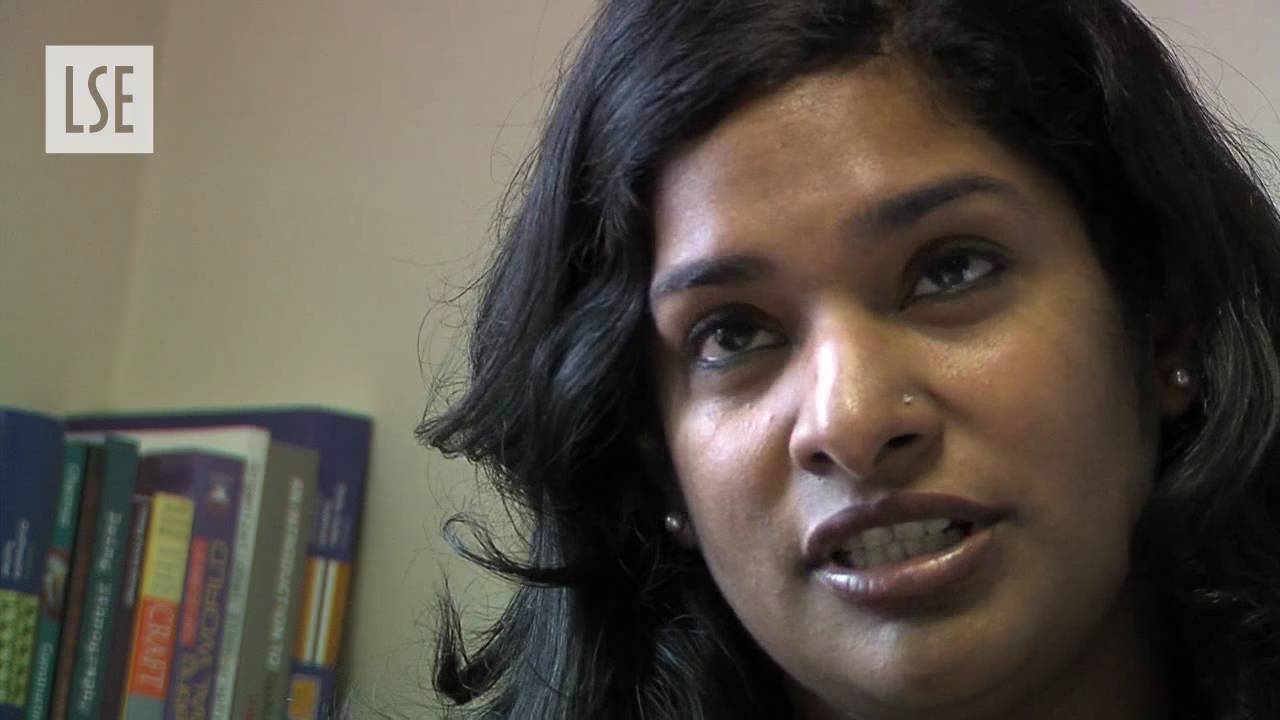
Description:View Larger Image The field of facial expression analysis is over a hundred years old, and has now come of age. The detection of expressions and emotions by automatic analysis has matured into a reliable methodology that is widely used in a variety of research. The List Autonomic Nervous System Activity Distinguishes Among Emotions Ekman, Levenson, and Friesen, citations Ekman — essentially the father of facial expression analysis — is inevitably the prime feature of this list. It is difficult to overstate the importance of that work, as it has shaped the entirety of the facial expression analysis field. Ekman, Levenson, and Friesen showed how exhibiting a facial expression can lead to changes in autonomic activity.






























User Comments 1
Post a comment
Comment: